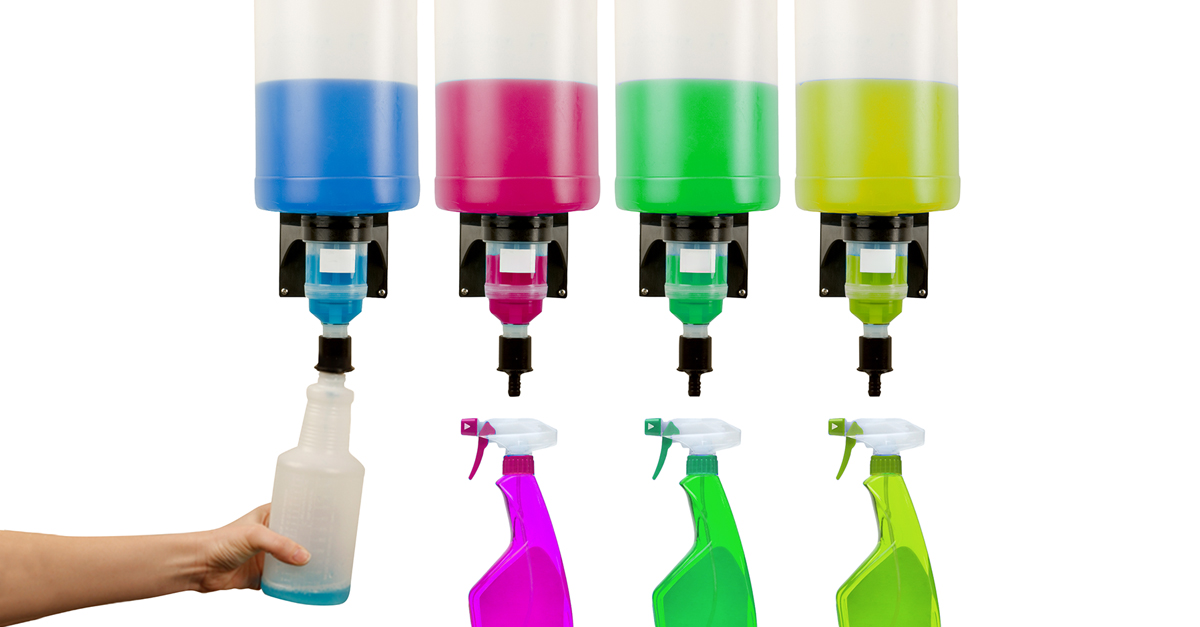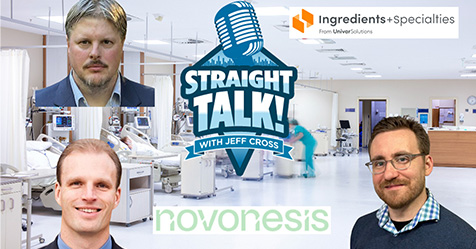In the janitorial and sanitation (jansan) world, one size rarely fits all. From healthcare facilities with strict compliance requirements to educational campuses with variable cleaning needs across multiple buildings, the demands placed on chemical dispensing systems are anything but standard. Yet, for years, many organizations have relied on off-the-shelf systems that prioritize convenience over customization—often at the expense of efficiency, safety, and long-term performance.
Today, that paradigm is shifting. Facility managers and service providers are increasingly turning to custom dispensing systems that address their specific operational challenges head-on. The result is safer workplaces, more consistent outcomes, and a smarter approach to chemical management.
The growing case for customization
Jansan operations have become more complex in recent years. Evolving safety regulations, the demand for sustainability, and heightened expectations for cleanliness have all raised the bar. As a result, organizations now need systems that not only dispense cleaning solutions but also optimize dilution control, reduce waste, prevent tampering, and protect workers from exposure.
Custom dispensing systems are designed to do just that. Whether it’s tailoring dilution ratios to match specific chemical formulations or integrating secure closed-loop technology to eliminate open handling, these systems deliver precise functionality that standard products often can’t match.
Worker safety: No longer optional
In an industry where staff regularly handle concentrated chemicals, worker safety is paramount. Open systems that rely on manual pouring or improper dilution pose risks of splashes, inhalation, and cross-contamination. Customized systems, particularly those built with sealed or closed-loop mechanisms, mitigate these risks by creating secure pathways from container to application.
Custom systems can be designed with training and ergonomics in mind, reducing user error and promoting consistent use across shifts and locations. As organizations place more emphasis on employee well-being, safety-driven design has become a critical differentiator.
Efficiency pays off
Custom dispensing also improves operational efficiency. By matching system performance to the exact needs of a facility or cleaning program, organizations can streamline workflows, reduce chemical overuse, and lower operating costs. For example, programmable dilution options tailored to a specific product lineup ensure that every ounce of chemical is used as intended, maximizing return on investment (ROI) and eliminating guesswork.
These systems also support broader sustainability goals. By reducing waste, minimizing exposure, and extending the lifespan of containers or components, custom dispensing systems enable businesses to meet their environmental targets while maintaining high-performance standards.
Innovations in design and data
Beyond the mechanics, the future of custom dispensing lies in smart technology and data integration. Innovations such as smart dispensers are now providing real-time monitoring, usage tracking, and remote adjustment capabilities. This opens the door to more precise control and deeper insights into supply chain and usage patterns—all of which can further optimize operations.
In addition, advances in recyclable materials and modular system design are driving the industry forward, enabling eco-friendly options that don’t compromise durability or functionality. These innovations are especially important as customers and stakeholders place growing emphasis on transparency and corporate responsibility.
Meeting the moment with smarter systems
The jansan industry has reached an inflection point where generic, one-size-fits-all systems no longer meet the demands of today’s environments. Custom dispensing systems represent a smarter, safer, and more strategic path forward. By aligning design with real-world use cases and integrating the latest innovations in safety, sustainability, and system intelligence, these systems are helping organizations rethink what’s possible.


